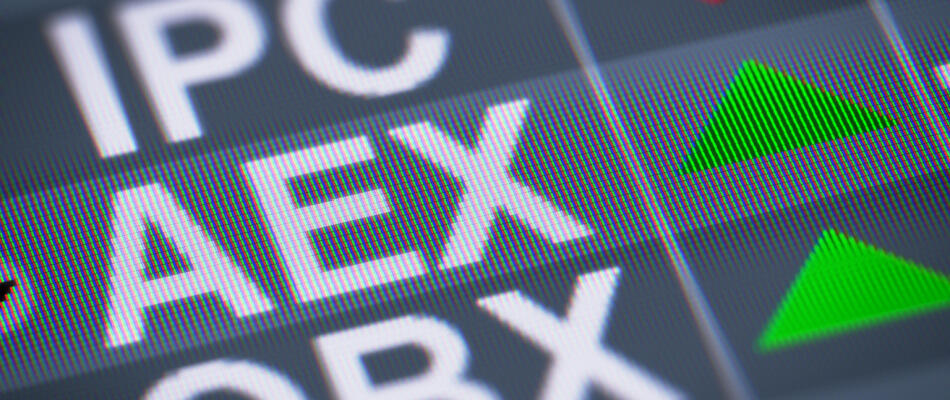What is the AEX index?
The AEX stands for Amsterdam Exchange Index . This index is the most important index of the Amsterdam stock exchange and shows the price development of the 25 largest listed companies in the Netherlands. The price of an AEX is an important indicator for, among other things, the economic climate of the Netherlands. A weighted average of the prices of shares is used to calculate the index. The large caps can be found in this index at all times. On regular stock exchange days, the AEX opens at 9 a.m. This is the moment that the opening price of that day is announced.
Investing in AEX
The companies in the AEX are a good start for you as a novice investor if you want to invest in Dutch shares. These companies have already proven to be successful and will therefore carry less risk in most cases. Do you want to know how you can best start investing? You can read this in the following article: How can I start investing .
Invest directly in AEX
In addition to investing in the companies included in the AEX index, you can also start investing directly in the AEX itself. You can do this by means of ETFs or an index fund. These products follow the AEX index one-on-one. This means that you earn the same return as the AEX itself would.
The history
The AEX started on 3 January 1983. The base level was 100 index points. At that time it was known as the EOE index (European Options Exchange index). In just under 30 years, the value of the index has increased approximately eightfold. The peak is currently at over 827 points, which was reached in November 2021. However, the AEX index as we know it today only started in 1994. It was the first index in Europe that could continuously show price developments. The aim behind it was to breathe new life into options trading. The first options exchange would meet a silent death. The introduction made it easier for investors to respond to the price movements of Dutch shares as we know them today.

The composition of AEX
The composition of the AEX is constantly changing because the value of the shares of companies also changes. Every year around March, a reshuffle takes place. However, adjustments can still be made to the composition of the AEX during the year. During the reshuffle, experts look at the stock market value of the companies to see if the top 25 is still accurate. For example, there may be companies that are not included in the AEX but have experienced significant growth, making them ‘AEX-worthy’. Companies from the AEX that are surpassed as a result must then take a step back to the AMX , the Amsterdam Midkap Index. Also read our other blog about the current AEX companies .
Compare brokers and start index investing
After reading this article, are you interested in investing? Compare all brokers via the comparison tool and find out which broker suits you best!